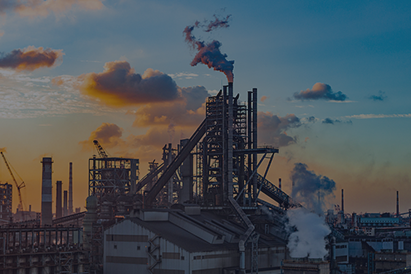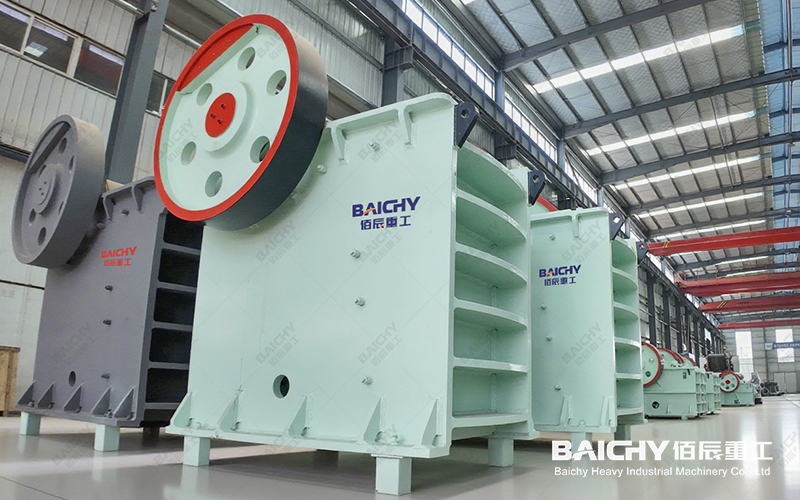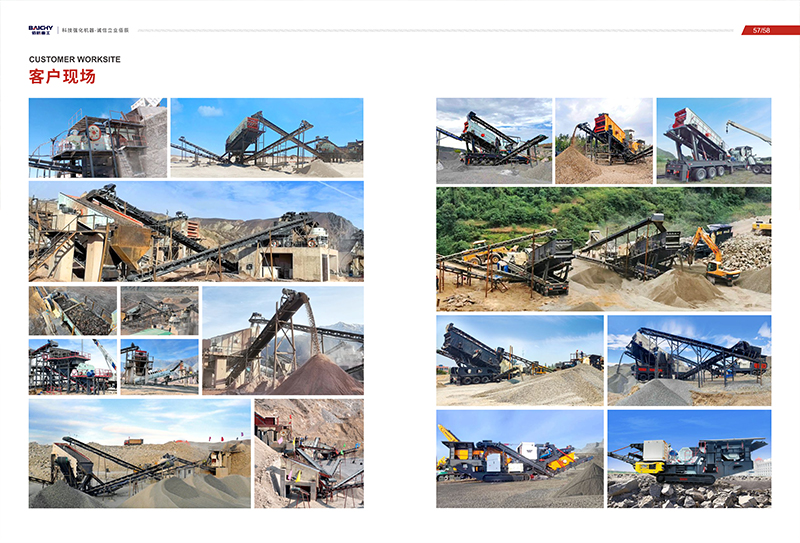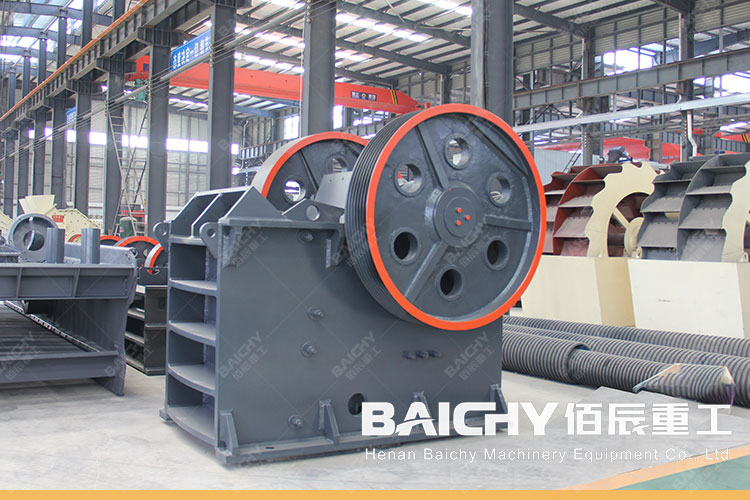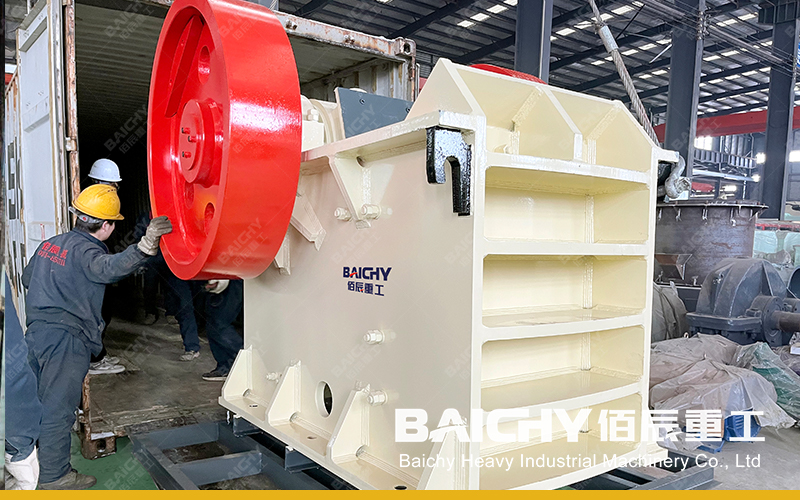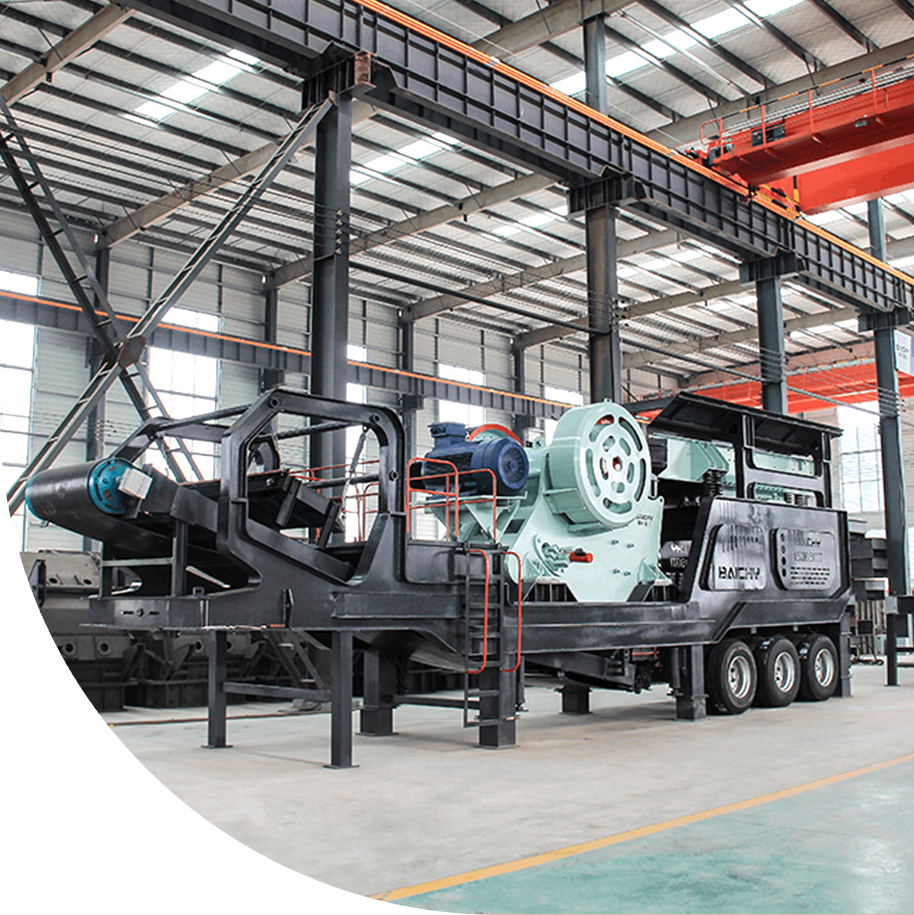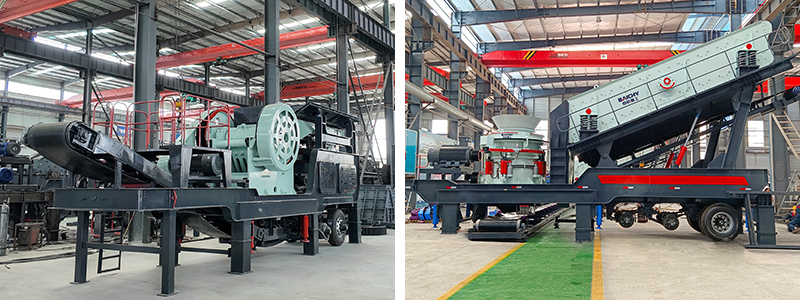
In industries such as mining, construction aggregates and road construction, it is crucial to choose the right mobile crushing equipment. Mobile cone crusher and mobile jaw crusher are two mainstream models, but they have significant differences in crushing principle, applicable materials, operating costs, etc. How to make the best choice according to your needs? This article conducts comparative analysis from 5 core dimensions and provides a selection decision guide to help you accurately match production needs.
1. Comparison of crushing principle and applicable materials
1.1 Mobile jaw crusher: the first choice for coarse crushing, strong adaptability

Working principle: Using extrusion crushing, the movable jaw plate and the fixed jaw plate reciprocate to crush large pieces of material into medium particle size.
Applicable materials:
Suitable for medium and low hardness materials (such as limestone, basalt, pebbles).
It can handle raw materials with high mud content and large feed size (usually ≤800mm).
Typical applications: primary crushing in quarries, construction waste treatment, and coarse crushing of sand and gravel aggregates.
1.2 Mobile cone crusher: medium and fine crushing expert, high hardness nemesis
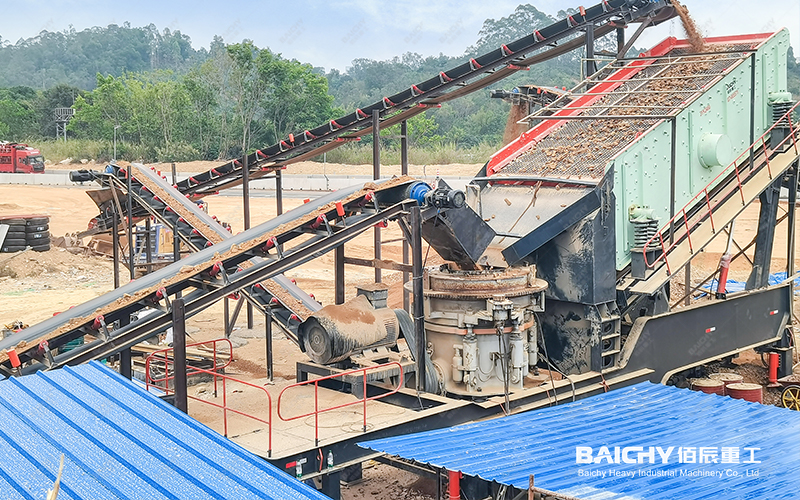
Working principle: laminated crushing is achieved through the rotary pendulum crushing chamber, the finished product particle shape is better, and it is suitable for fine crushing.
Applicable materials:
High-hardness ores (such as granite, diabase, iron ore).
The feed size is small (usually ≤300mm), but the crushing ratio is high, and uniform fine materials can be produced.
Typical applications: secondary or tertiary crushing, machine-made sand production, and high-grade highway aggregate processing.
Selection suggestions:
• If the raw material size is large and the hardness is average → Prioritize jaw crusher (coarse crushing).
• If fine crushing and processing of high-hardness ores are required → Choose cone crusher (medium and fine crushing).
2. Comparison of finished product size and capacity
| Parameters | Mobile jaw crusher | Mobile cone crusher |
| Feed size | ≤800mm | ≤300mm |
| Discharge size | 50-200mm (adjustable) | 5-50mm (adjustable) |
| Typical capacity | 50-500 tons/hour | 100-800 tons/hour |
Key conclusions:
• The jaw crusher has a coarser discharge, which is suitable for the production of roadbed aggregates; the cone crusher has a finer discharge, which is suitable for machine-made sand or commercial aggregates.
• The cone crusher usually has a higher capacity, but it needs to be used with a jaw crusher for primary crushing, otherwise it is easy to get clogged.
3. Operating cost and maintenance difficulty
3.1 Jaw crusher: simple structure, easy maintenance
Advantages: quick replacement of jaw plates, low daily maintenance costs.
Disadvantages: fast wear of liner (especially when handling highly abrasive materials).
3.2 Cone crusher: Strong wear resistance, but complex maintenance
Advantages: The crushing chamber design reduces direct friction and the liner has a longer life.
Disadvantages: The hydraulic system requires high maintenance, and professional technicians are required for troubleshooting.
Cost comparison:
• Jaw crusher: Low initial investment, but frequent replacement of long-term wear parts.
• Cone crusher: High machine purchase cost, but lower crushing cost per ton (suitable for long-term high-yield projects).
4. Energy consumption and environmental performance
• Jaw crusher: High unit energy consumption (especially when processing hard rock) and high noise.
• Cone crusher: Laminated crushing is more energy-efficient and has better noise control, suitable for areas with strict environmental control.
Green production trend: If the project is sensitive to noise and dust (such as urban construction waste treatment), it is recommended to choose a cone crusher + dust removal system.
5. Flexibility and mobility solutions
Both use tire or crawler chassis, but they are applicable to different scenarios:
• Jaw crusher station: suitable for frequent transfers and quick construction of temporary production lines (such as demolition projects).
• Cone crusher station: suitable for fixed-cycle operations (such as large stone factories) with low frequency of movement.
Ultimate selection guide: choose the right one according to your needs
| Demand scenarios | Recommended equipment |
| Coarse crushing of large raw materials (such as quarries) | Mobile jaw crusher station |
| Medium and fine crushing of high-hardness ores | Mobile cone crusher station |
| Machine-made sand production (≤5mm) | Combination of cone crusher + sand making machine |
| Limited budget, short-term project | Jaw crusher station (low cost) |
| Long-term high production, high energy-saving requirements | Cone crusher station (high return) |
Conclusion: Scientific selection = efficiency + profit
To choose a suitable mobile crushing station, you need to comprehensively consider the material characteristics, production capacity requirements, budget and environmental protection requirements. If you still find it difficult to make a decision, you can contact a professional engineer for free solution customization.



